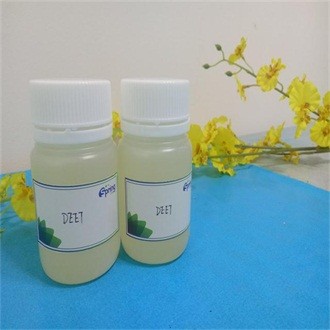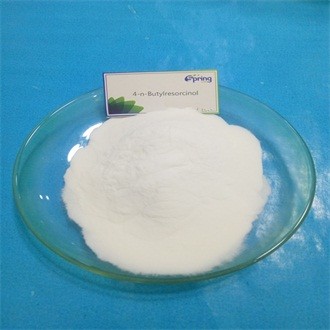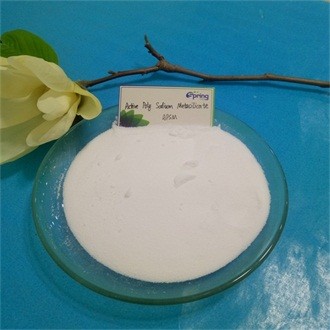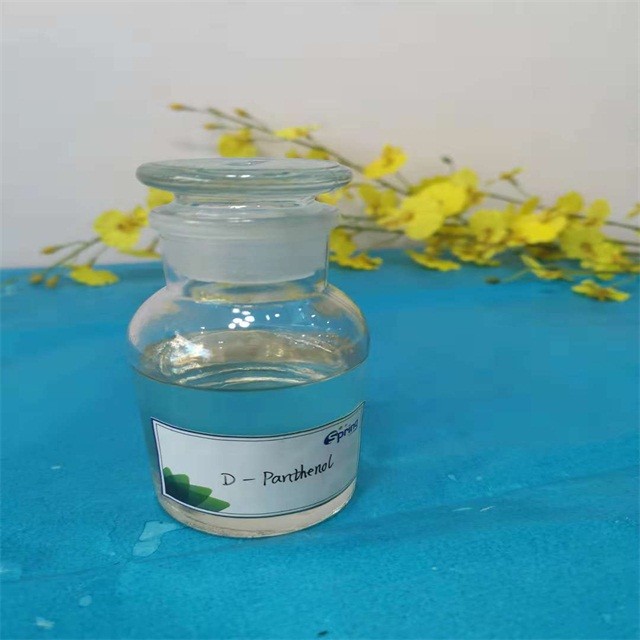N,N-Diethyl-3-methylbenzamide / DEET Manufacturer
Introduction:
| INCI | CAS# | Molecular | M.W. |
| N,N-Diethyl-3-methylbenzamide | 134-62-3 | C12H17NO | 191.27 |
I'm sure a lot of people love a hot summer and going to the woods for a bit of shade and adventure, but the pesky mosquitoes are always circling you and occasionally making out with you! The DEET-based products can help you solve this problem. DEET was developed by American scientists in the early 1950s and helps repel biting flies, ticks, gnats and chiggers. DEET is a repellent—not an insecticide, therefore it does not kill the insects and ticks that attempt to bite us. All DEET-based repellents work the same way, by interfering with the mosquito’s ability to detect carbon dioxide and specific odors that they can sense. The maximum concentration of deet is 30% , which can drive away mosquitoes for about 6 hours.
Specifications
| Appearance | Water white to amber liquid |
| Assay | 100.0%min(GC) |
| N,N-diethyl benzamide | 0.5%max |
| Specific gravity | At 25°C 0.992-1.000 |
| Water | 0.50%max |
| Acidity | MgKOH/g 0.5max |
| Colour (APHA) | 100max |
Package
25kg/drum, 200kg/drum
Period of validity
12month
Storage
Keep container closed when not in use. Store in a tightly closed container. Store in a cool, dry, well-ventilated area away from incompatible substances.
Achromatic to light yellow liquid ,Clear colorless or faintly yellow slightly viscous liquid. Faint pleasant odor.It is used to repel biting pests such as mosquitoes and ticks, including ticks that may carry Lyme disease.








